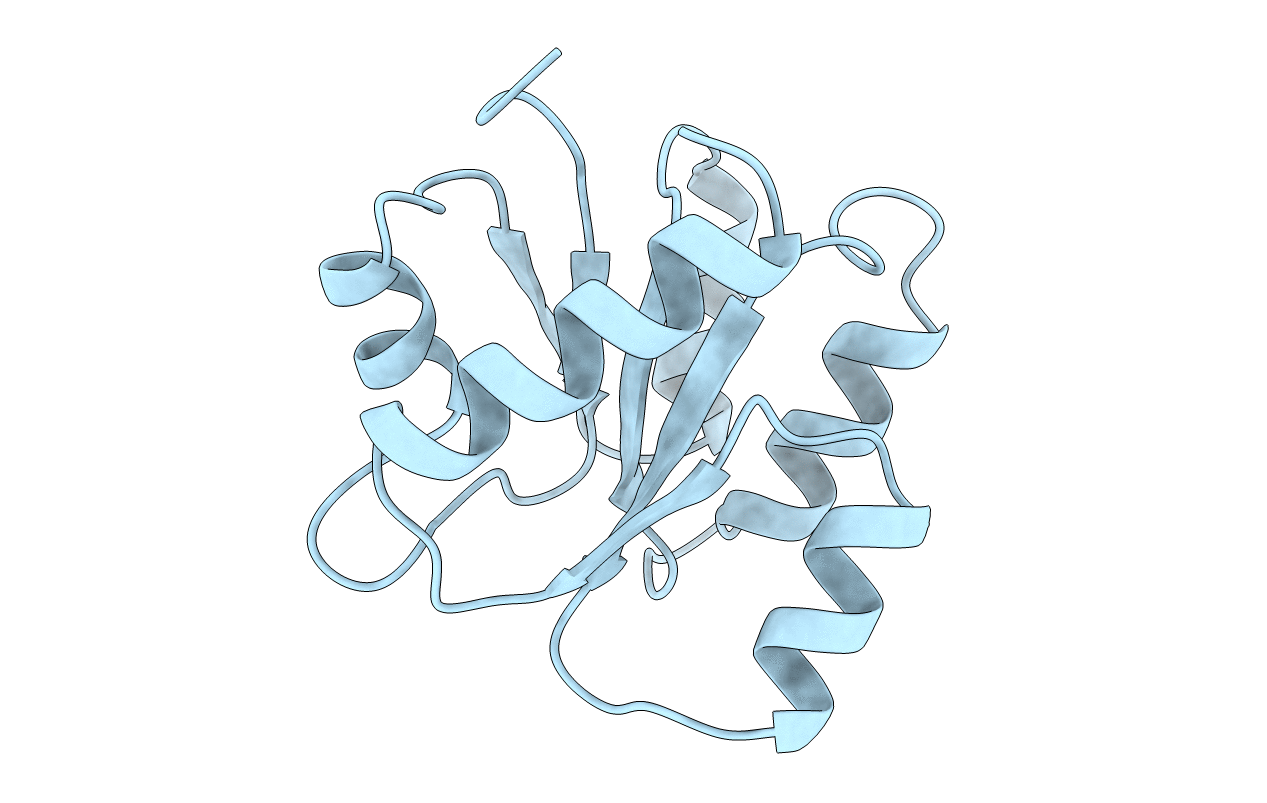
Deposition Date
1995-04-07
Release Date
1995-07-10
Last Version Date
2024-02-07
Entry Detail
PDB ID:
1HEY
Keywords:
Title:
INVESTIGATING THE STRUCTURAL DETERMINANTS OF THE P21-LIKE TRIPHOSPHATE AND MG2+ BINDING SITE
Biological Source:
Source Organism:
Escherichia coli (Taxon ID: 562)
Method Details:
Experimental Method:
Resolution:
2.24 Å
R-Value Work:
0.20
R-Value Observed:
0.20
Space Group:
P 65 2 2


